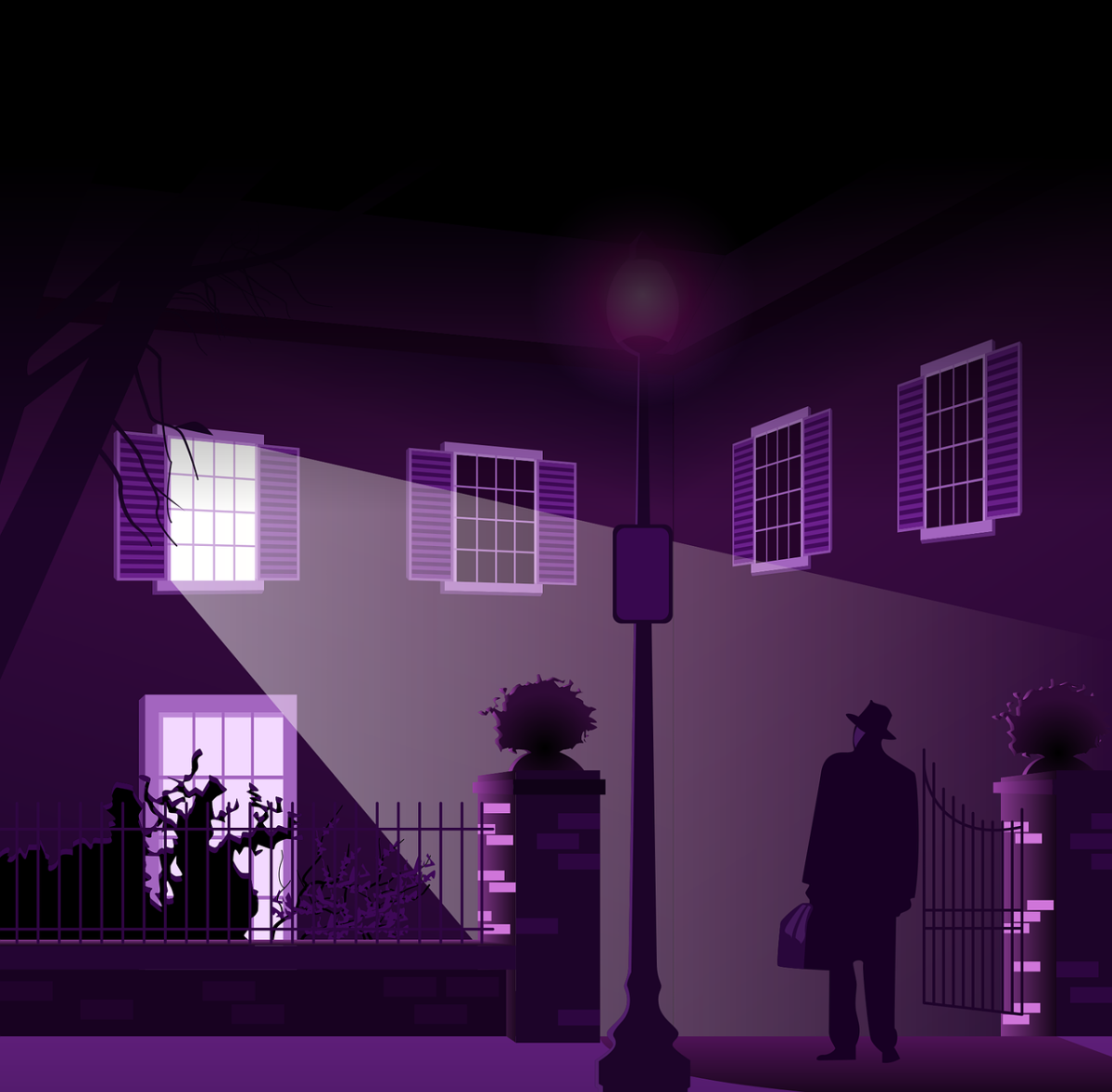With the growing influence of technology, younger children are at risk of being exposed to horror content early. But how soon is too soon?
The lasting effects of the horror genre on children ages 1-7 can easily be problematic. As stated in the article “Can Horror Movies Have Harmful Long-Term Effects On Kids” by Suchita Parikh-Mundul, evident examples of lasting fears include fear of the dark, bed wetting, anxiety, trouble falling asleep, and fear of being left alone.
However, children ages 10 and up might be more equipped to handle horror content. According to the article “The Average Age Americans See Their First Scary Movie” by the New York Post, most Americans remember watching their first horror movie at age 10.
Asking around the high school also yielded results that aided the idea that children could be exposed to horror early.
“I was probably 4 or 5 and I was eating scrambles eggs while watching A Nightmare on Elm Street,” said Melanie Aviles, a senior at the high school.
“I was probably introduced to horror kind of late, like 10ish.” said Ms. Deblasi, a science teacher.
It’s important to understand why children are going to be scared after watching a horror movie. Horror movies that are rated R tend to feature more gore, nudity, strong language, and depictions of substance abuse.
The acts performed in horror movies could be scary to a child, but the more pressing reason they end up so afraid is due to a lack of understanding. Children struggle to tell the difference between illusion and reality, so they might become afraid of something in the movie happening to them.
One way that parents can teach children the difference between reality and illusion is to show behind the scenes footage of horror movies. This shows the child that what’s happening isn’t real and can give them some piece of mind.
Interestingly, children might be better at realizing that horror films are fake than we might imagine. According to pediatric therapist Dr. Dry, “Some children are pretty good at saying, ‘That’s not real,’ and they’re pretty matter of fact.”
There are some benefits to introducing children to horror films early. Allowing children to watch horror allows them to practice being afraid and the recover from that fear. This can build resilience and confidence.
Parents can always skim a movie first to determine the number of scenes that might make their children uncomfortable. From there, a parent might decide to skip the movie all together or skip the scenes that are most questionable.
Parents can also show children the teasers of these films to decide if their child isn’t ready. In this way, parents can begin to build up their child’s tolerance to horror.
What are parents already doing to help build their child’s tolerance to horror? Simply taking their children out on Halloween.
On Halloween, we unintentionally prepare children for horror movies by showing them the playfulness behind the seemingly scary. As children dress in frightening costumes, attend haunted hayrides, and look at gory decorations, they have the opportunity to find the thrill in being a little spooked.
What horror film should be a child’s introduction to the genre? According to the article, “The average age Americans see their first scary movie” by the New York Post, the top 5 movies that most adults remember watching before they turned 18 were The Exorcist, Halloween, a Nightmare on Elm Street, Psycho, and the Texas Chainsaw Massacre.
For those not quite ready to make the leap to horror, there’s nothing wrong with watching Hocus Pocus another time.















